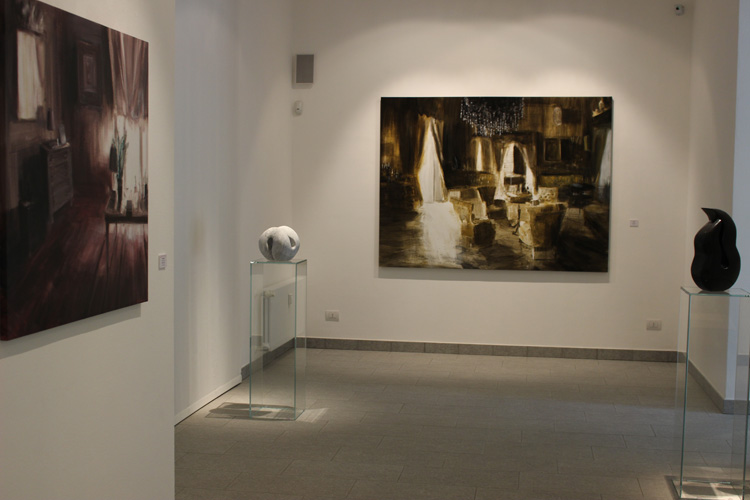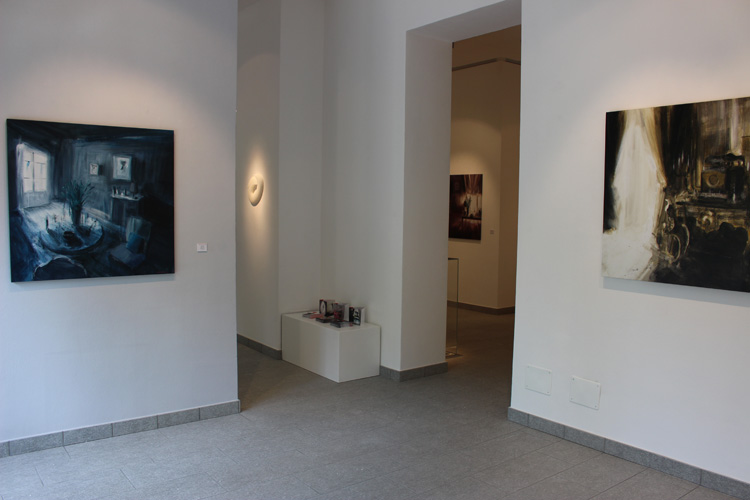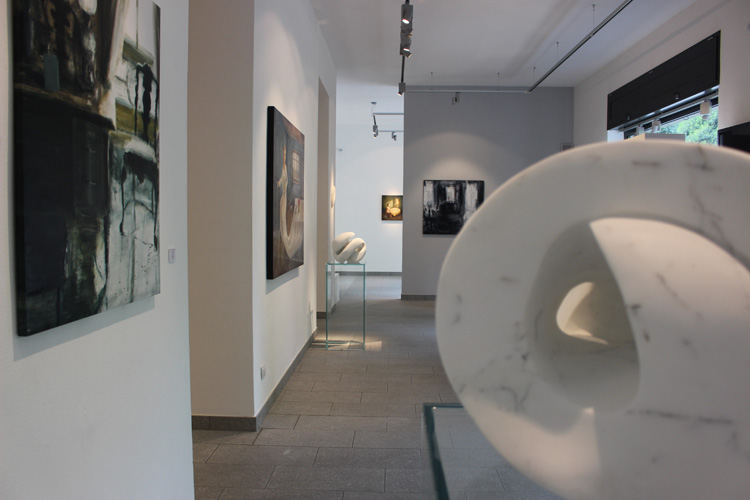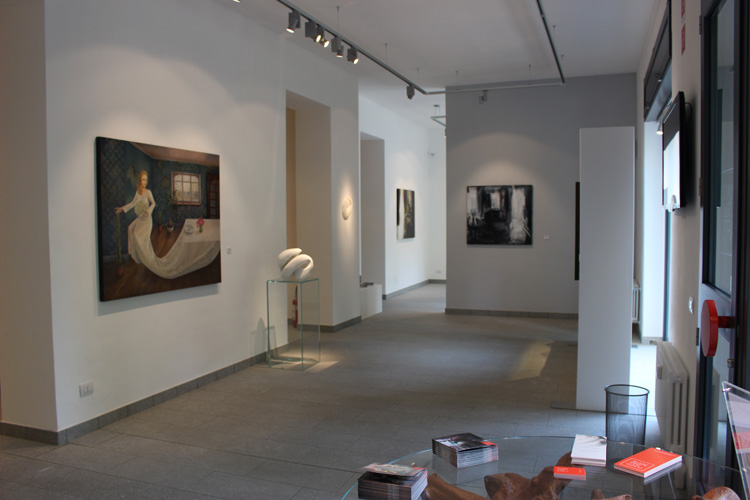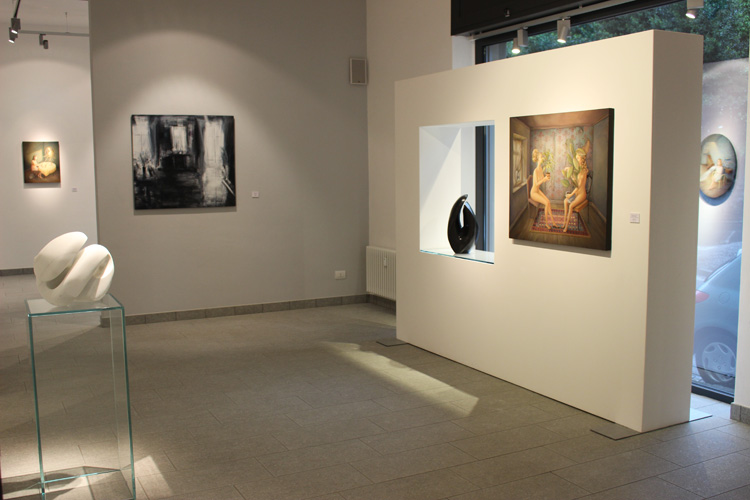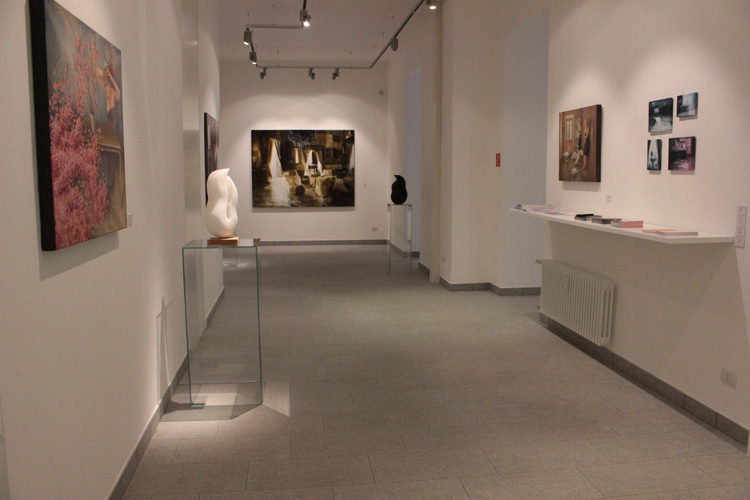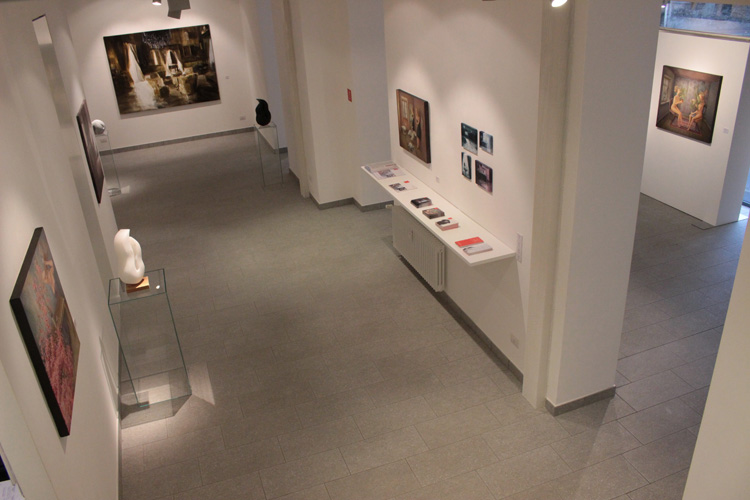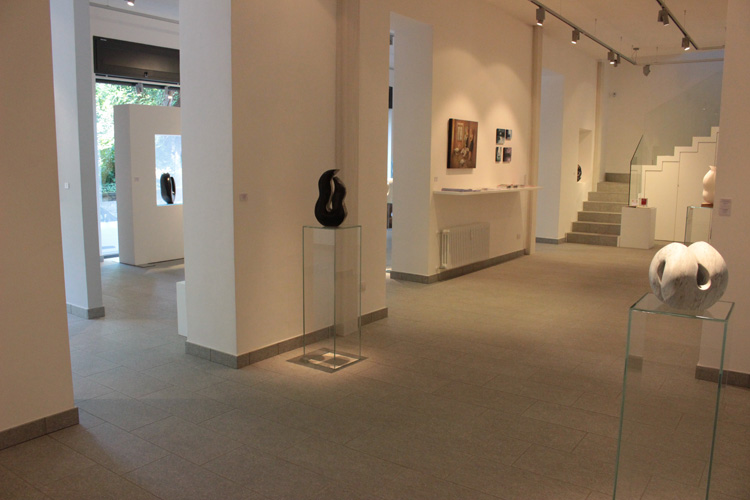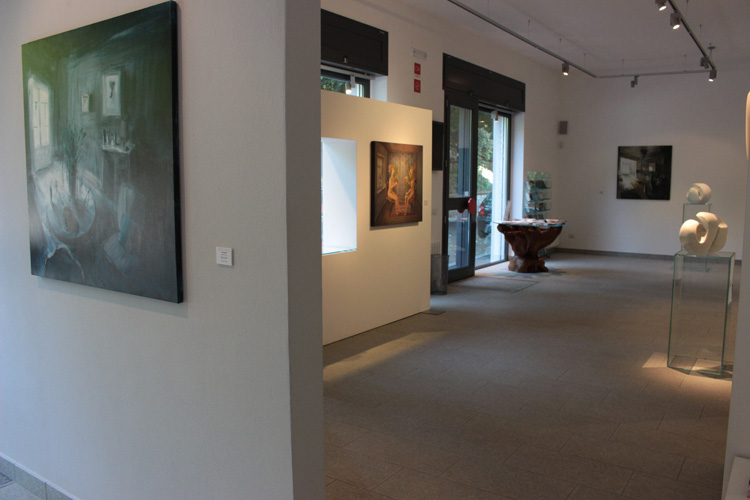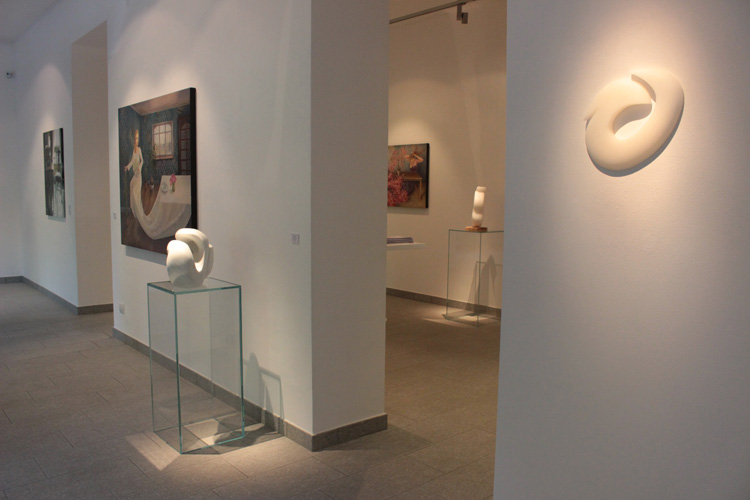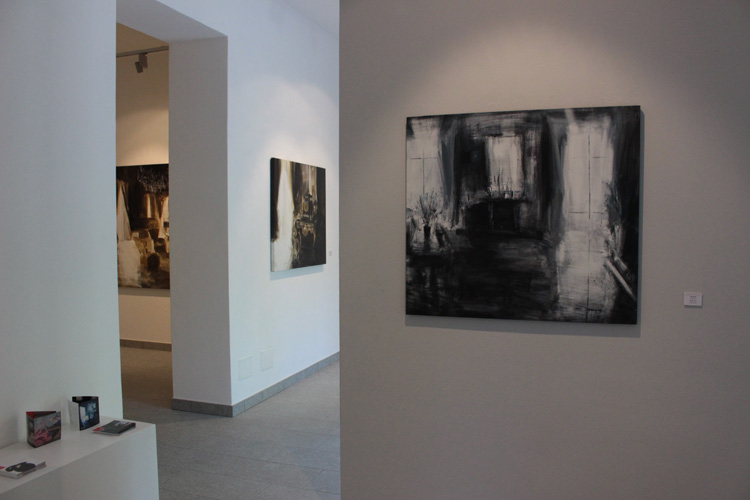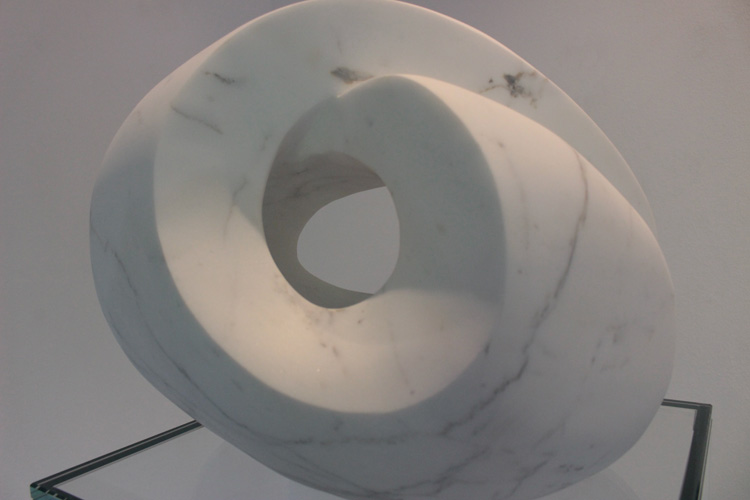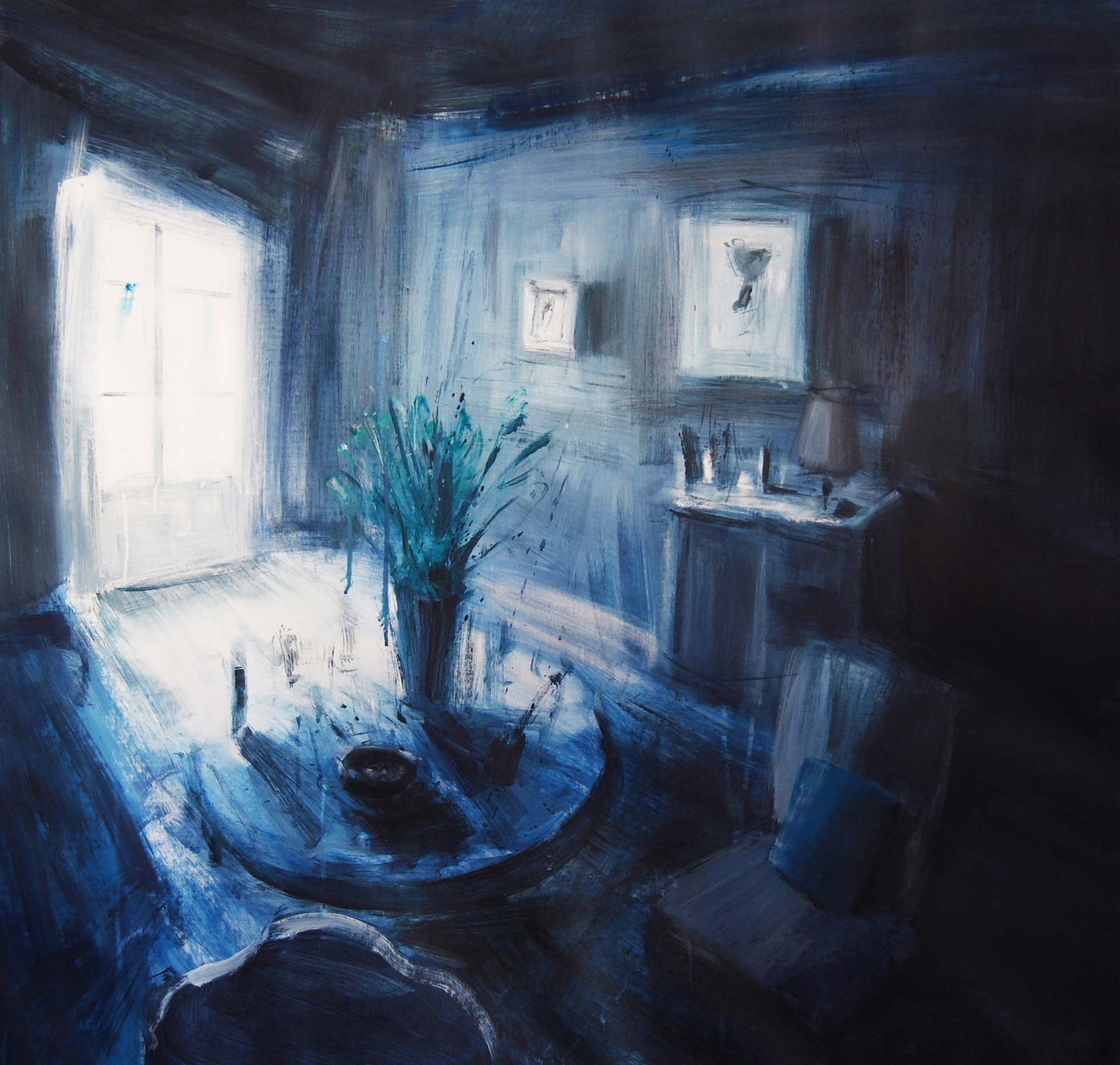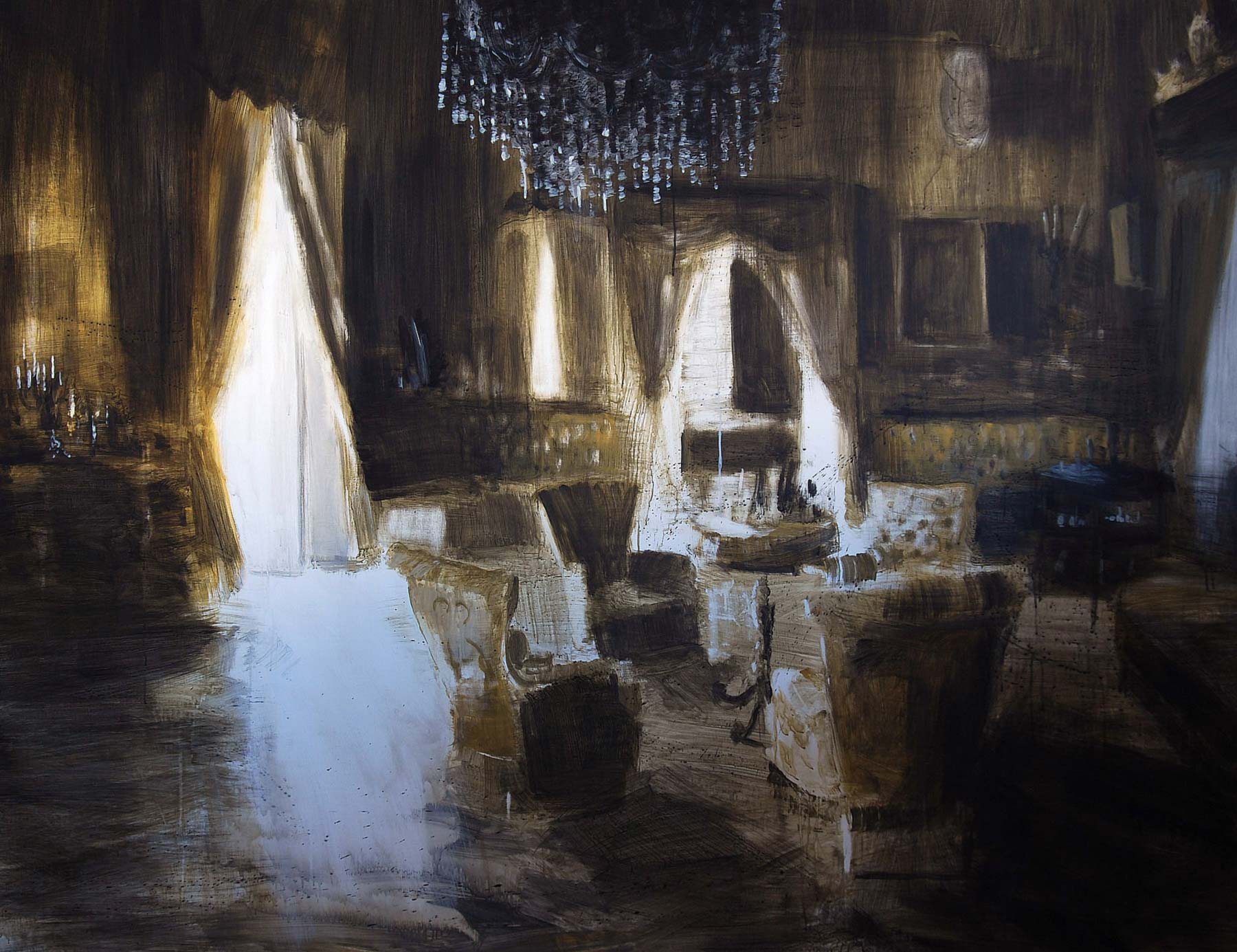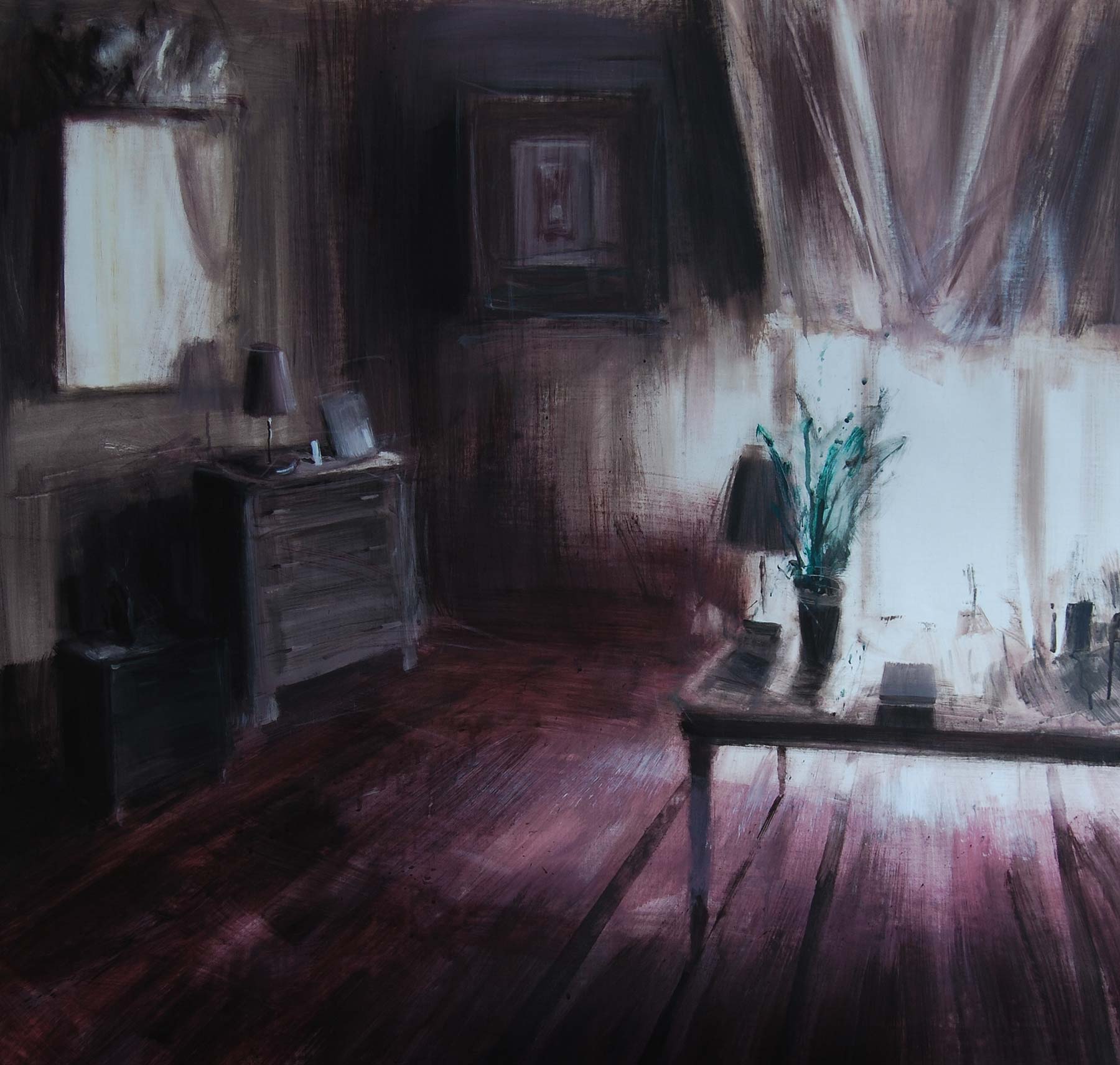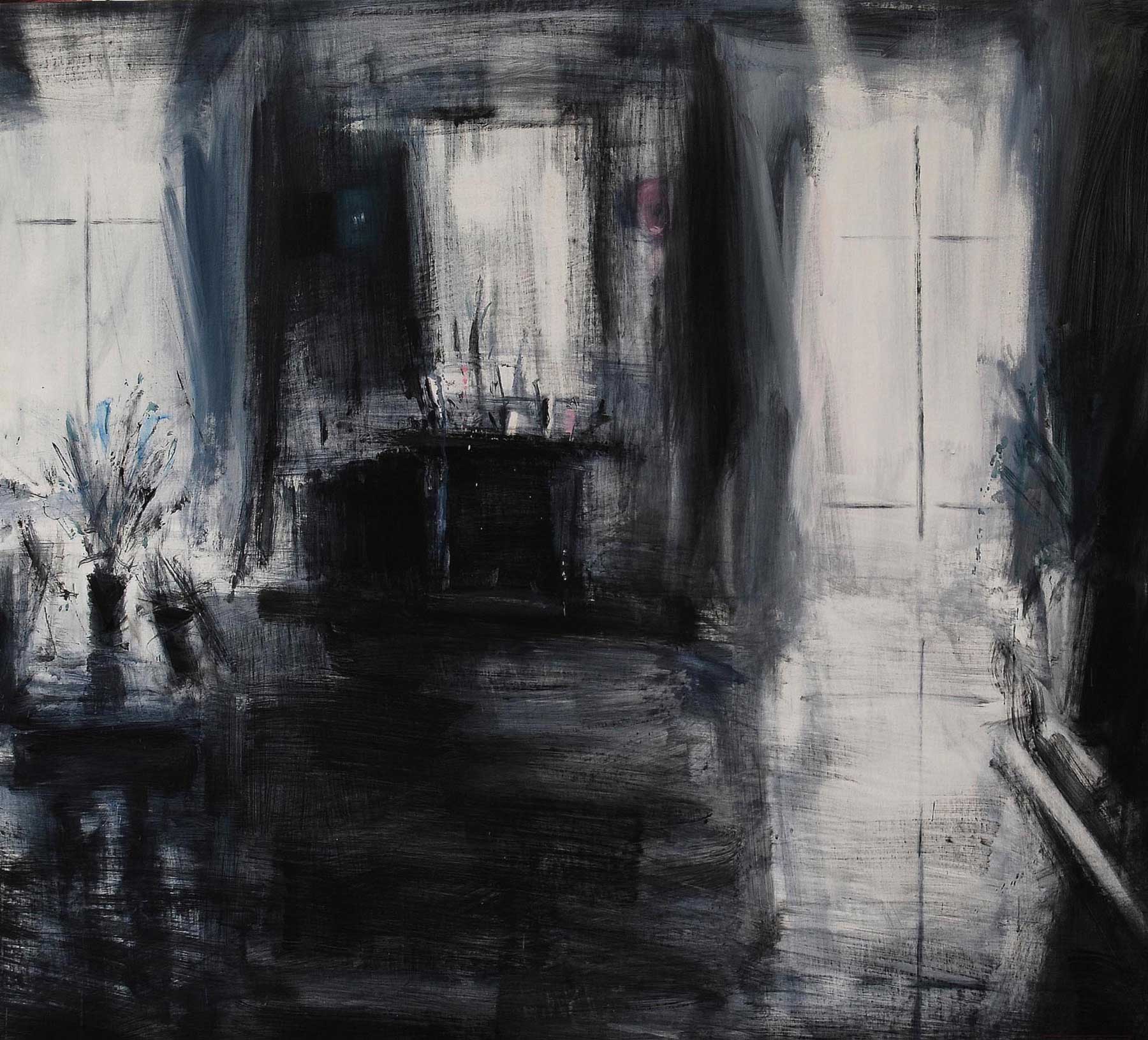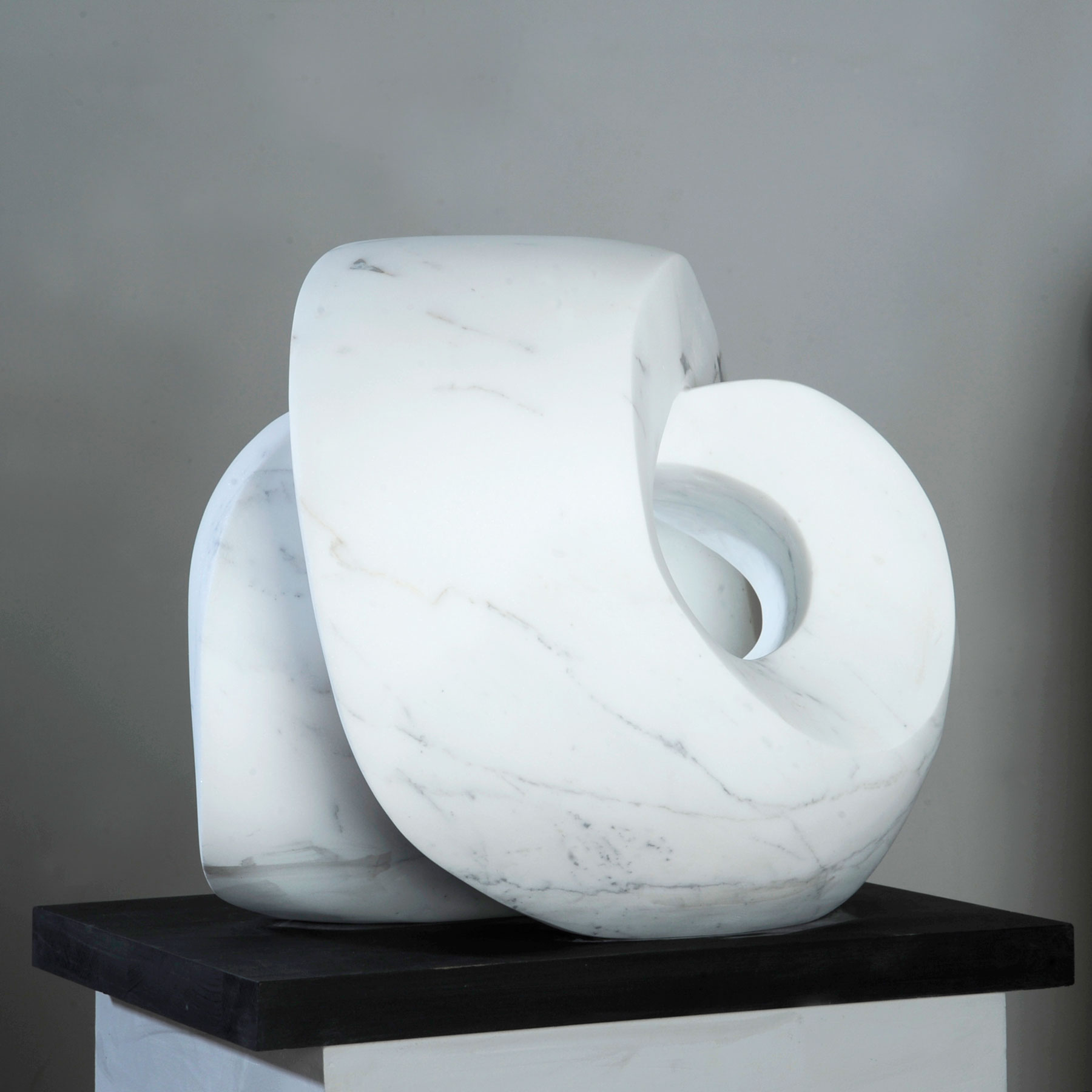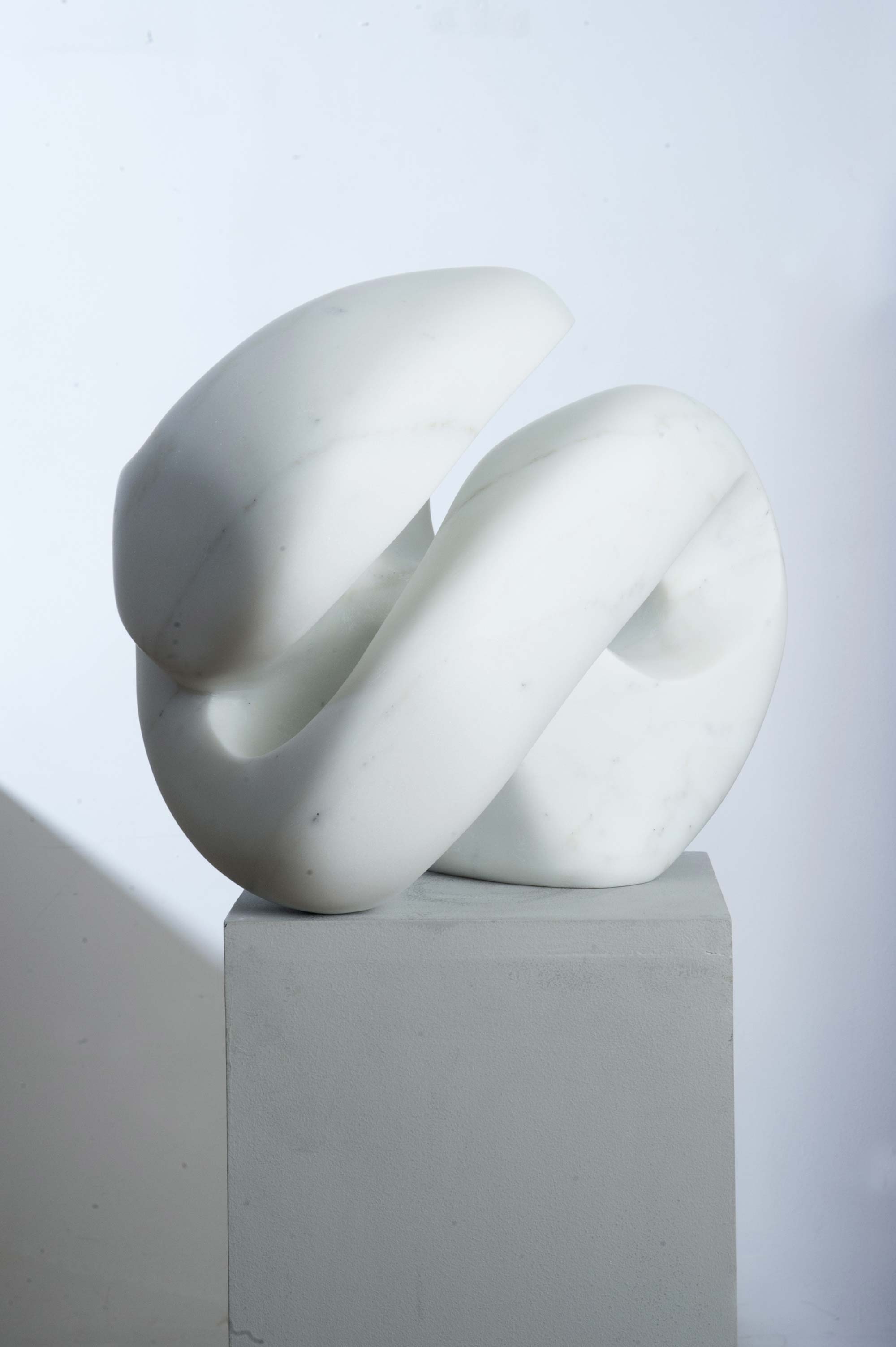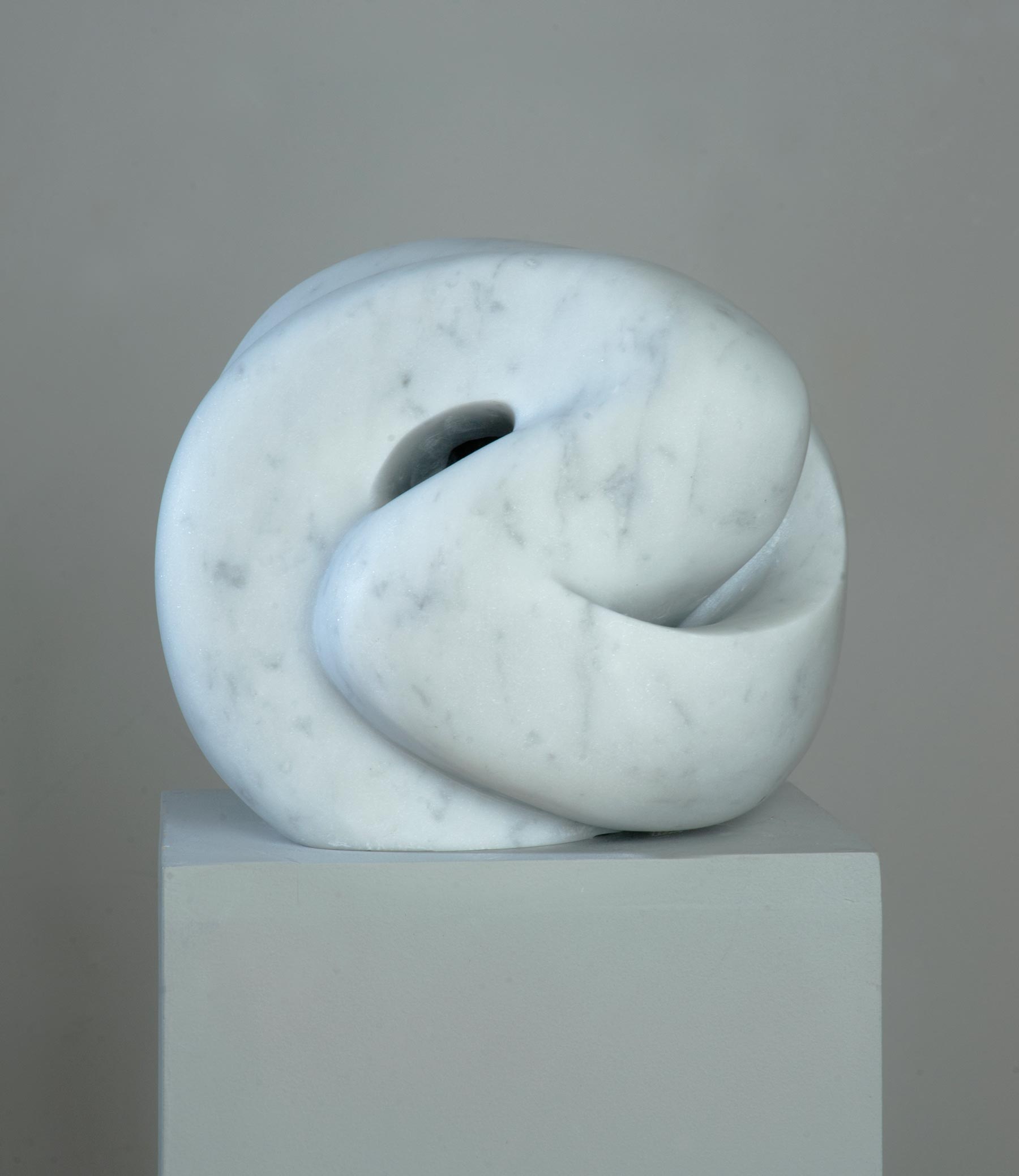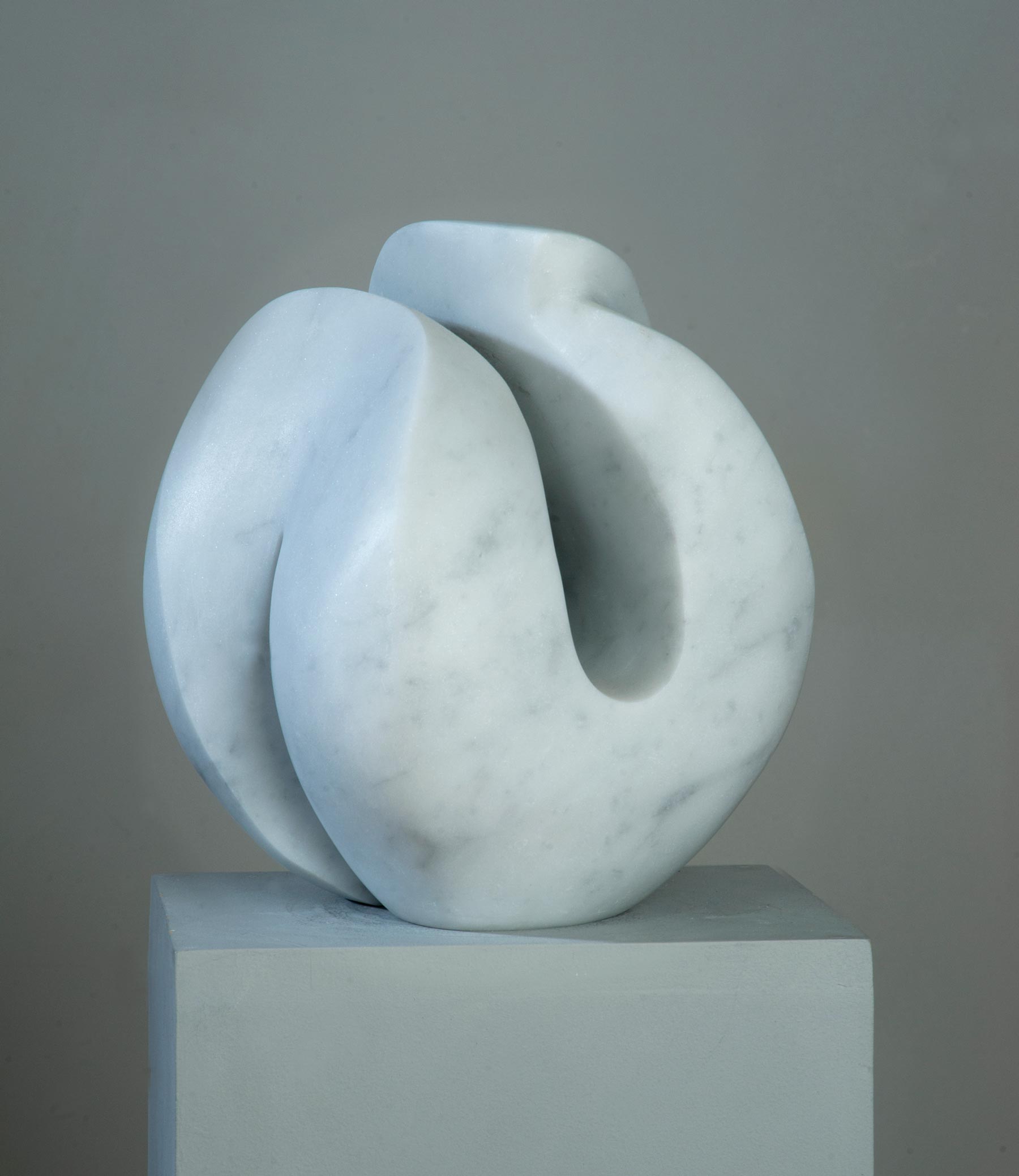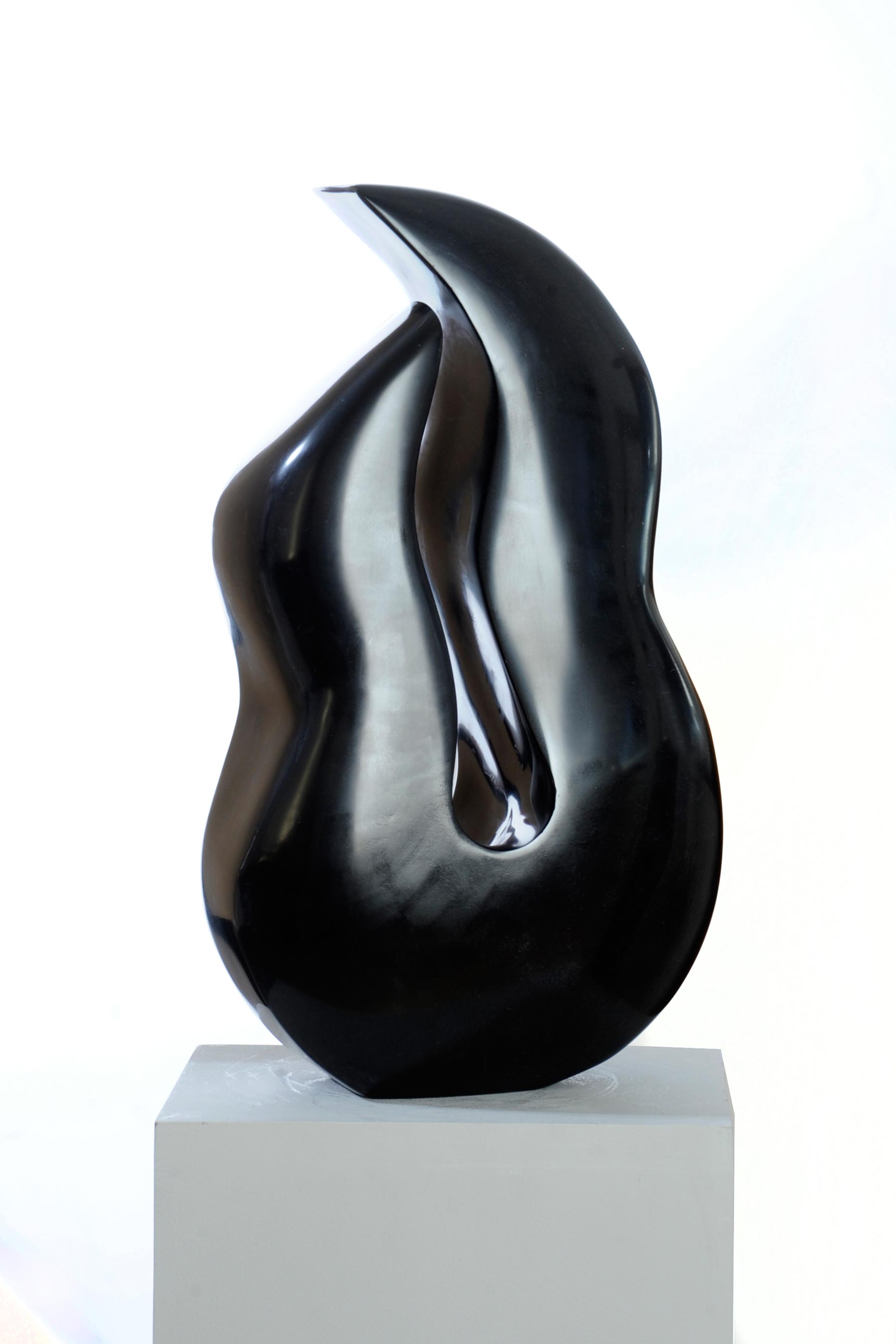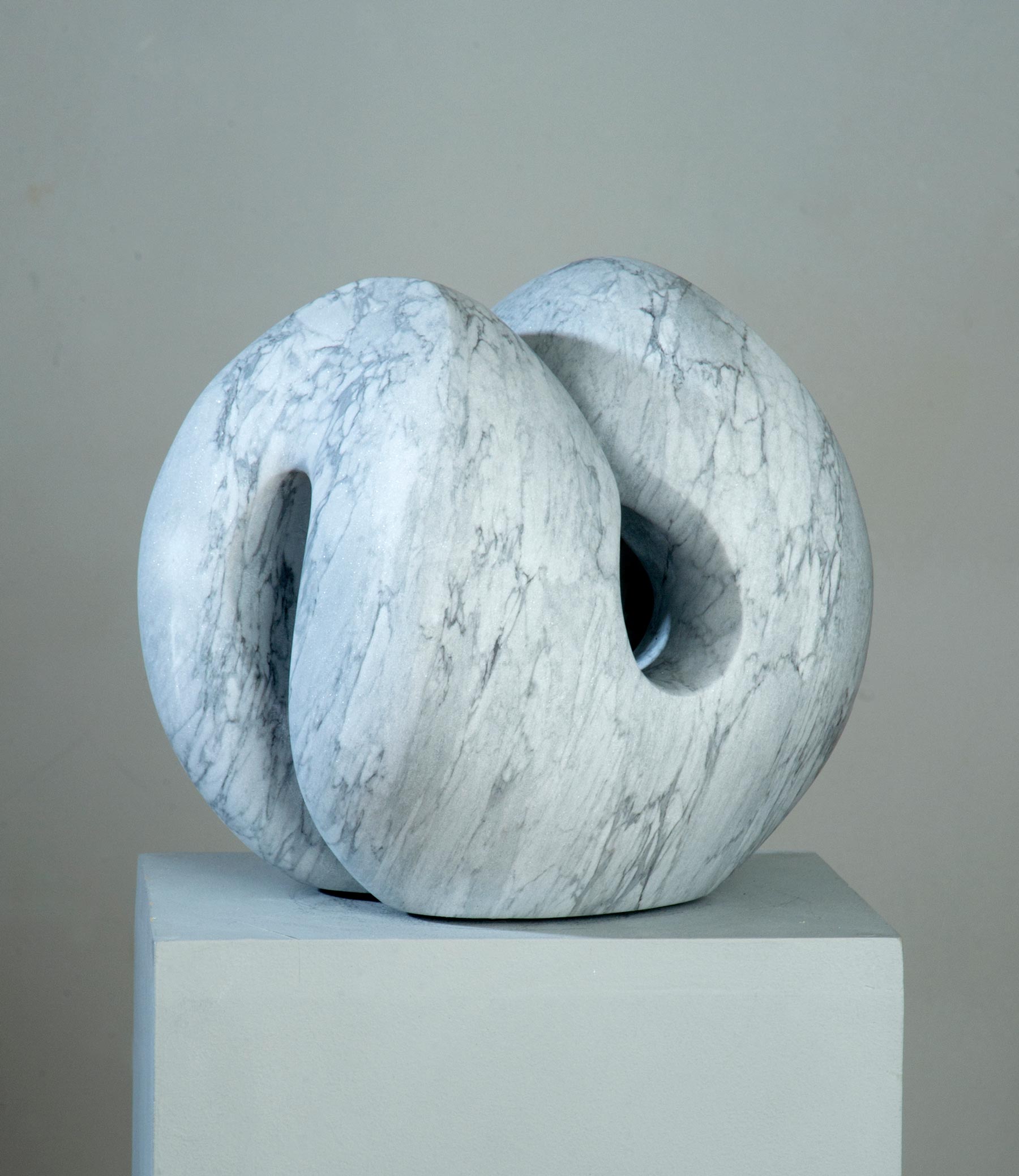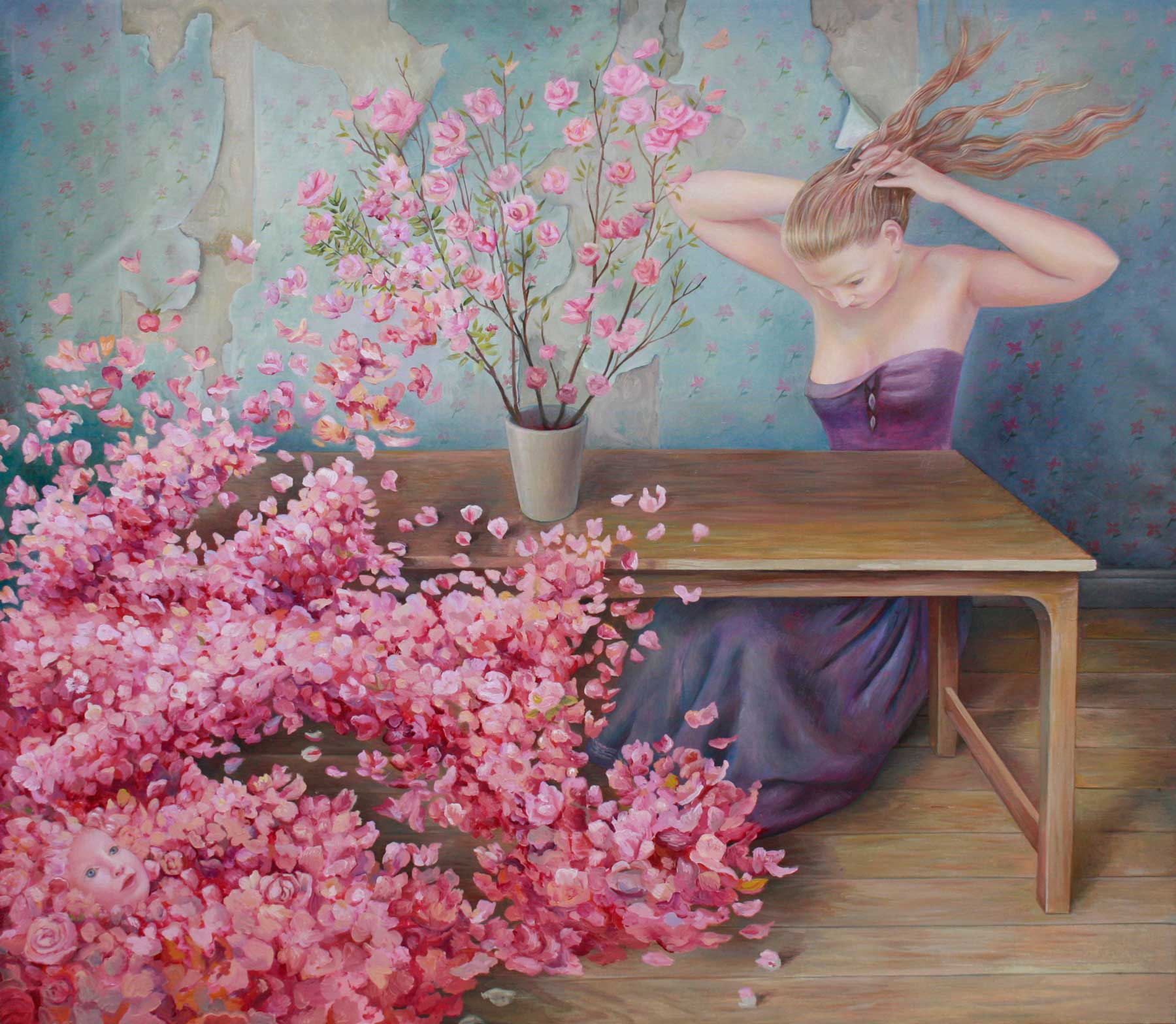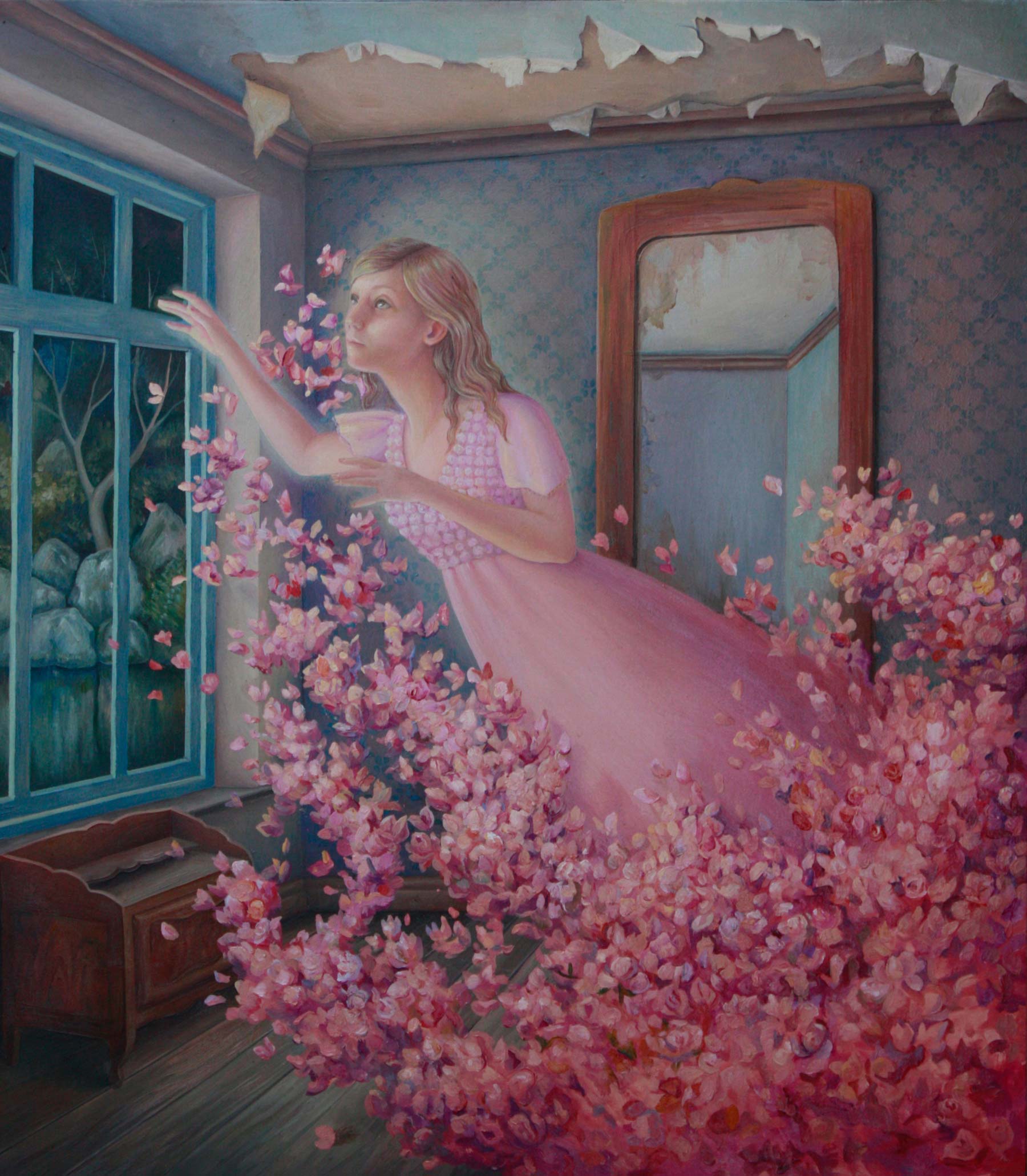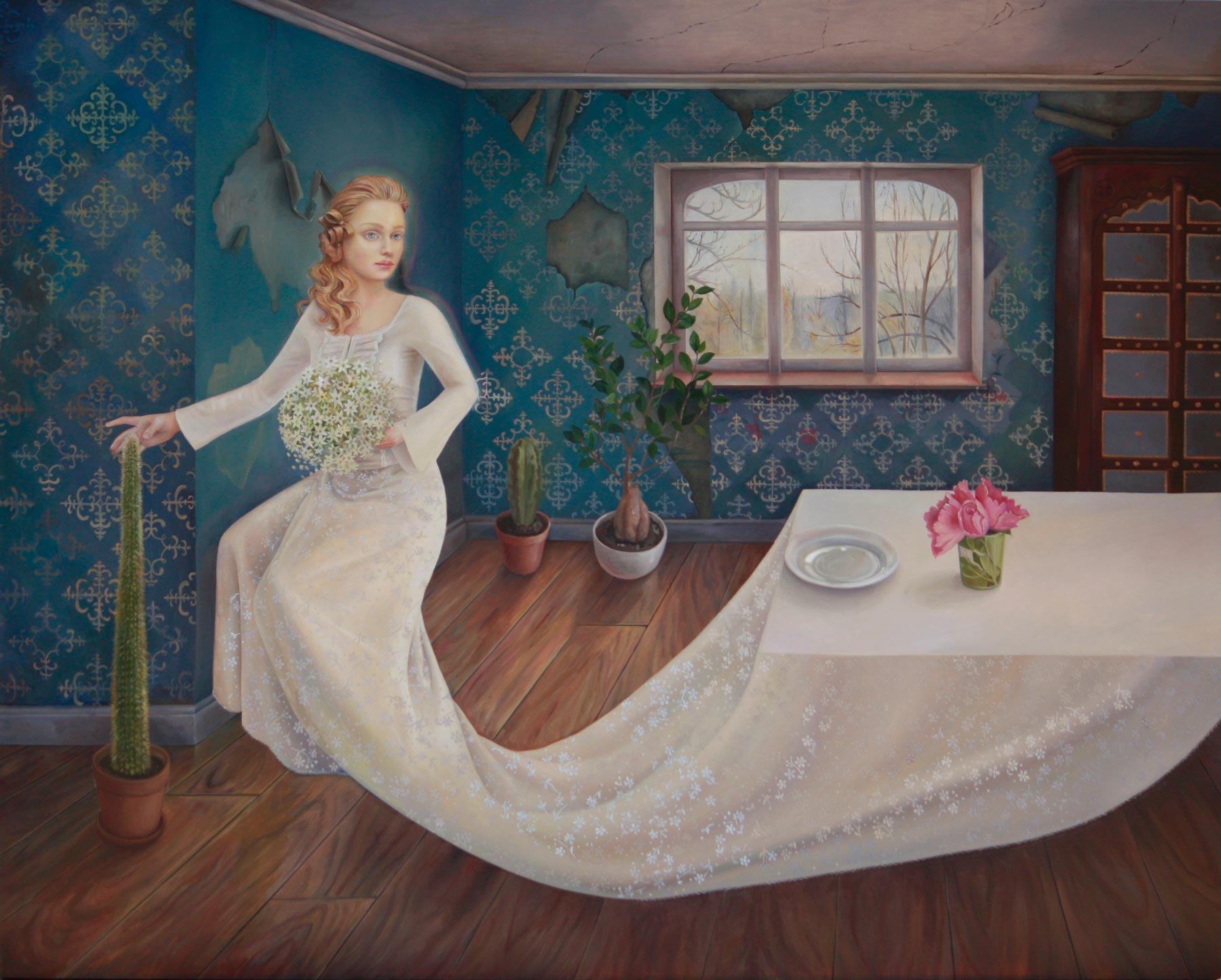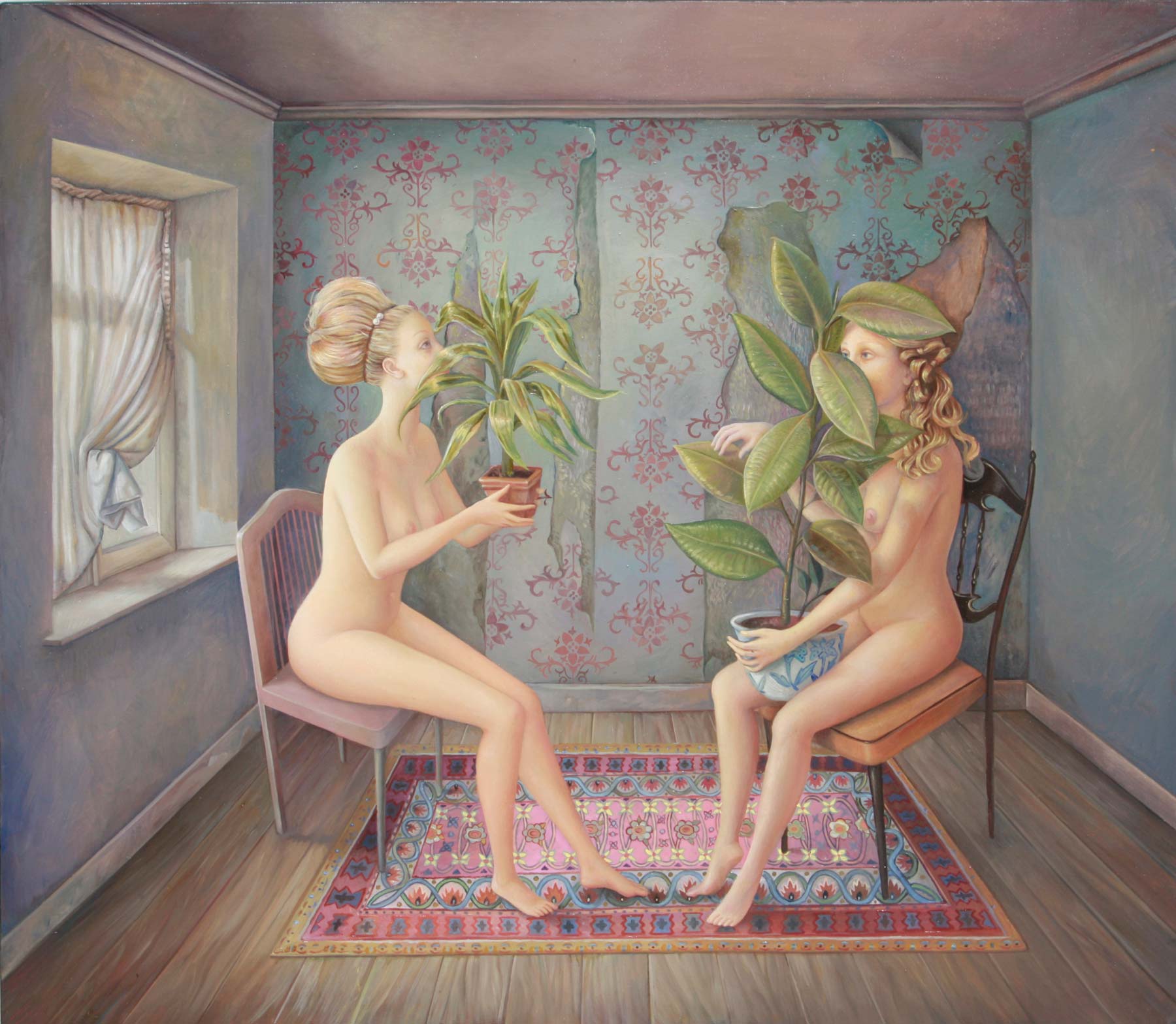OPENING RECEPTION
May, Saturday 2015 6-9 pm
LOCATION
PUNTO SULL'ARTE
Viale Sant'Antonio 59/61
Varese, Italy
EXHIBITION DATES
May 17 – June 11 2015
VISITING HOURS
Tuesday-Friday: 3-7 pm Saturday: 10 am-1 pm | 3-7 pm May, Sunday 17 & 24: 3-7 pm
CATALOG
Read the catalogue
Critical texts by Alessandra Redaelli;
Edition PUNTO SULL’ARTE
PRESS
VIDEO
Sussurri
Dealing with women’s art inevitably produces a stalemate within the discussion. The definition itself carries a series of traps among which the most relevant one is that nobody would ever talk about men’s art. Nonetheless women’s art is a plant which should be both studied and cultivated. The belief that men and women artists work in equality is a huge mistake. Women artists are still black swans, like Artemisia Gentileschi, Berthe Morisot and Mary Cassatt were. Flipping through the last catalogue of Artefiera in Bologna –just to name one- it can be found that women artists represent a very low percentage (and we can all agree that Artefiera represents a good sample of Italian galleries). This is not the proper place to discuss the issue, however this fact demonstrates that talking about women’s art is anything but obvious, on the contrary – I dare to say – it is a duty.
Dealing with women’s art means to plumb the chaotic and manifold universe of contemporary art to pull out their precious current thence investigating its tendencies and emotions. It is not necessarily characterized by softer tones or different subjects, but surely by a different approach, more instinctive and inner. It might be due to the fact that women, for long obliged to forgo the outward, learned to look at their inner side, analysing reality through their emotions and feelings. Being less focused upon social issues, more upon details, women’s voice prefers to whisper rather than shouting. That is why a whispered exhibition has been set up. Three women: three different stories yet connected by a capacity of analysing reality which strikes as a soft sound, straight into the heart.
Ilaria Del Monte is a contemporary story teller, a sorceress who creates fairy tales filled with spells and enchanted characters. Although very young, she masters a powerful and intense painting, deeply inspired by the Italian painting of the XX century. Her works recall De Chirico, Carrà, Casorati and Balthus, as well as suggestions from XV century art. She gracefully reworks their lessons through her flowered, delightfully weird, interiors where feminine figures entertain with plants or chat with talking animals, like wonderful witches. Her virtuosity and precise brush strokes give birth to soft and bright skin, voluminous hair, huge blooms and tropical plants which seem to rise from the carpets. Within her perfectly structured rooms – which seem to come from a novel by Márquez or Isabel Allende – mysterious dialogues develop, feminine whispers can be perceived, as well as enchanting gestures and dances, while iconographical symbols fill the painting: from fishes to deers, peacocks and the perfect and eternal egg shape. However, after a second glance, perspective seems to collapse towards the audience, capturing it. Moreover, a sort of interior decay, represented by the ungluing wallpapers, causes uncertainty and anxiety.
Also Tina Sgrò chose rooms as her subject, as a metaphor for inner analysis. Although her chambers are deserted, they are alive and breathing and their mysterious hearts whisper. Perfectly knowing how to balance lights and shadows, and to build an ambience by using a single colour, the artist creates a series of rooms which seem a gallery of portraits and emotions. Focused upon a precise objective, being faithful to her painting yet innovative, she rations tenderness and fury. The first one is described by the hues blending into one another, the undefined contours wrapped into soft haze and suffused lights which insinuate within corners and sculpt forms. Fury is expressed through gesture since Tina Sgrò, in spite of the first impression in front of her elegant and balanced works, uses powerful strokes; she is an impulsive artist who absorbed the lessons of the great avantgardes. The image rises from the canvas, through fast and determined strokes, among beating shadows and lights which suddenly break silence. The result is an emotional and sensorial painting. The scent of the chambers can be perceived as a mixture of ancient woods, dust and a fragrance of jasmine or amber belonging to a woman; its consistency can be almost touched, soft within the velvets and brocades, smooth and fleeing upon shiny surfaces. Above all, the sounds can be perfectly heard: the soporific ticking of an old pendulum, the swish of the curtains moved by the wind and the whispers of ancient talks, of secret and never forgotten confidences, which revealed to us after having hidden within the darkest corners.
Jill Höjeberg chose a completely different language, the one of abstract sculpture. After years of oblivion, back when the artists who devoted themselves to abstract were considered mad or brave heroes, aniconic art is living a new fortunate period. The market is seeking for it and many young artists are choosing it as their style. It is not an easy path, especially when dealing with sculpture: too many legends hard to equal. Nonetheless, the evocative power of abstract, its capacity of reaching inner emotions through gestures as soft as whispers, with no need of passing through perceptive canals, is something unique which, when properly handled, provides the artist with a direct access to the audience’s emotions. This is what Jill does, since her sculptures derive from the need of turning her emotion into solid forms. By depriving gestures of any redundant detail and reducing movement to its essence, Jill converts the embrace between two lovers into spirals of matter, slipping knots which almost seem to slacken, thus arousing anxiety within the audience. The embrace – which the artist herself defines more mental than physical: the thought of an embrace dedicated to a distant person – becomes an enclosed body which tries to seize the emotion of a presence through loneliness, remembrance and meditation. Marble, alabaster, bronze and glass become letters of a primitive emotional alphabet, wherein courage turns into a leap done by matter beyond an obstacle, maternity becomes an entangled bond of forms and femininity deploys itself within comfortable forms, inspired by the primitive sculptures of mothers and the sinuous feminine figures by Henry Moore.


